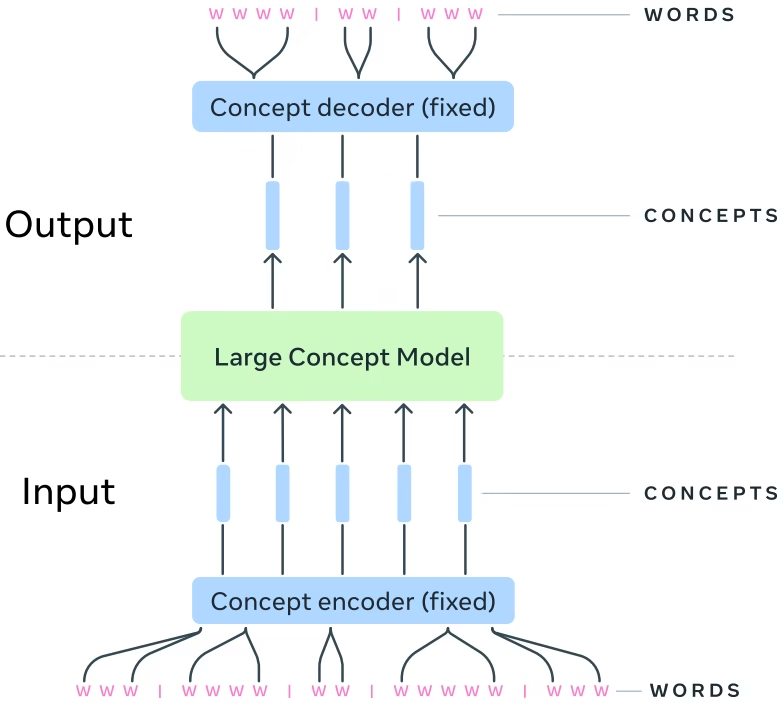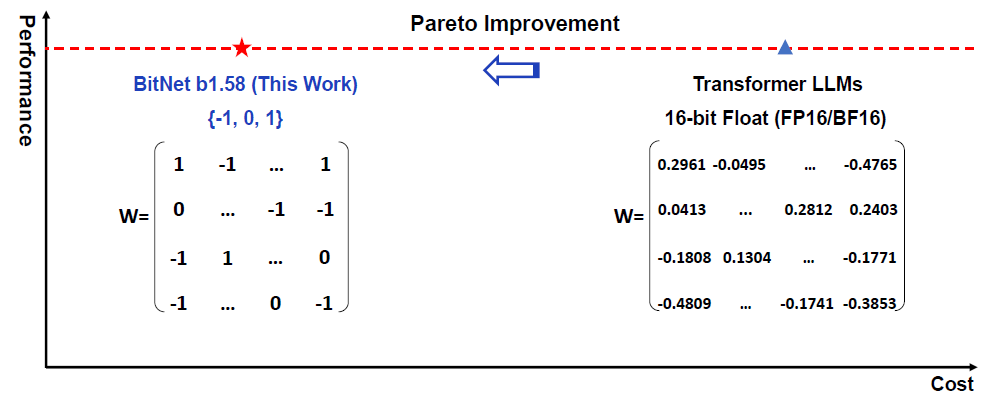
Trending
The Era of Hierarchical Reasoning Models?
In this post we break down the Hierarchical Reasoning Model (HRM), a new model that rivals top LLMs on reasoning benchmarks with only 27M params!…
Large Language Diffusion Models: The Era Of Diffusion LLMs?
Discover Large Language Diffusion Models (LLaDA), a novel diffusion based approach to language modeling that challenges traditional LLMs…
Looking for a specific paper or subject?
Latest AI Papers Reviews
DINOv3 Paper Explained: The Computer Vision Foundation Model
In this post we break down Meta AI’s DINOv3 research paper, which introduces a state-of-the-art Computer Vision foundation models family…
The Era of Hierarchical Reasoning Models?
In this post we break down the Hierarchical Reasoning Model (HRM), a new model that rivals top LLMs on reasoning benchmarks with only 27M…
Microsoft’s Reinforcement Pre-Training (RPT) – A New Direction in LLM Training?
In this post we break down Microsoft’s Reinforcement Pre-Training, which scales up reinforcement learninng with next-token reasoning…
Darwin Gödel Machine: Self-Improving AI Agents
In this post we explain the Darwin Gödel Machine, a novel method for self-improving AI agents by Sakana AI…
Continuous Thought Machines (CTMs) – The Era of AI Beyond Transformers?
Dive into Continuous Thought Machines, a novel architecture that strive to push AI closer to how the human brain works…
Perception Language Models (PLMs) by Meta – A Fully Open SOTA VLM
Dive into Perception Language Models by Meta, a family of fully open SOTA vision-language models with detailed visual understanding…
GRPO Reinforcement Learning Explained (DeepSeekMath Paper)
DeepSeekMath is the fundamental GRPO paper, the reinforcement learning method used in DeepSeek-R1. Dive in to understand how it works…
DAPO: Enhancing GRPO For LLM Reinforcement Learning
Explore DAPO, an innovative open-source Reinforcement Learning paradigm for LLMs that rivals DeepSeek-R1 GRPO method…
Cheating LLMs & How (Not) To Stop Them | OpenAI Paper Explained
Discover how OpenAI’s research reveals AI models cheating the system through reward hacking — and what happens when trying to stop them…
START by Alibaba: Teaching LLMs To Debug Themselves
In this post we break down a recent Alibaba’s paper: START: Self-taught Reasoner with Tools. This paper shows how Large Language…
SWE-RL by Meta — Reinforcement Learning for Software Engineering LLMs
Dive into SWE-RL by Meta, a DeepSeek-R1 style recipe for training LLMs for software engineering with reinforcement learning…
Large Language Diffusion Models: The Era Of Diffusion LLMs?
Discover Large Language Diffusion Models (LLaDA), a novel diffusion based approach to language modeling that challenges traditional LLMs…
Most Read AI Papers Reviews
DeepSeek-R1 Paper Explained – A New RL LLMs Era in AI?
Dive into the groundbreaking DeepSeek-R1 research paper, introduces open-source reasoning models that rivals the performance OpenAI’s o1!…
Titans by Google: The Era of AI After Transformers?
Dive into Titans, a new AI architecture by Google, showing promising results comparing to Transformers! Paving the way for a new era in AI?…
Large Concept Models (LCMs) by Meta: The Era of AI After LLMs?
Explore Meta’s Large Concept Models (LCMs) - an AI model that processes concepts instead of tokens. Can it become the next LLM architecture?…
Sapiens by Meta AI: Foundation for Human Vision Models
In this post we dive into Sapiens, a new family of computer vision models by Meta AI that show remarkable advancement in human-centric tasks!…
The Era of 1-bit LLMs: All Large Language Models are in 1.58 Bits
In this post we dive into the era of 1-bit LLMs paper by Microsoft, which shows a promising direction for low cost large language models…
DINOv2 from Meta AI – A Foundational Model in Computer Vision
DINOv2 by Meta AI finally gives us a foundational model for computer vision. We’ll explain what it means and why DINOv2 can count as such…

















